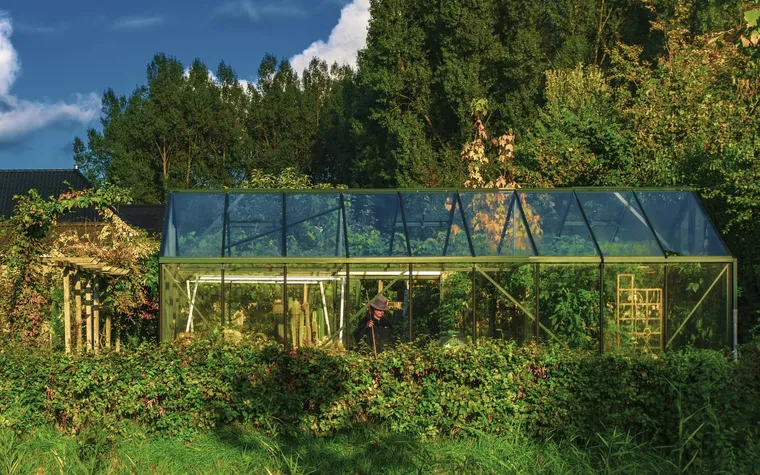Polycarbonate greenhouses are quickly becoming a popular choice among gardeners due to their excellent insulation, durability, and ease of maintenance. These greenhouses offer a range of benefits, making them ideal for both hobby gardeners and commercial growers. Their ability to retain heat and protect plants from harsh weather conditions ensures that plants thrive year-round, even in colder climates.
Unlike traditional glass greenhouses, polycarbonate structures are much stronger and more impact-resistant. This makes them less prone to breakage, which is crucial in areas with high winds or heavy snow. Additionally, polycarbonate materials are UV-resistant, allowing for optimal light transmission while protecting plants from harmful ultraviolet rays. The unique structure of polycarbonate sheets, often double-walled, also helps in providing superior insulation, keeping the internal environment stable and conducive to plant growth.
Advantages of Polycarbonate Greenhouses
Polycarbonate greenhouses offer a range of distinct advantages that make them a superior choice for gardeners. One of the most significant benefits is their insulation properties. The material’s ability to trap air between its layers helps to maintain a consistent temperature inside the greenhouse, which is vital for plant health. This makes polycarbonate an excellent option for extending the growing season and protecting plants from temperature fluctuations.
Types of Polycarbonate Sheets Used in Greenhouses
There are two main types of polycarbonate sheets commonly used in greenhouse construction: twin-wall and triple-wall sheets. Each type has its own set of advantages depending on the specific needs of the gardener.
Twin-Wall Polycarbonate: This type of polycarbonate consists of two layers of material with air channels in between. The air trapped in these channels provides insulation, which helps to keep the temperature inside the greenhouse more stable. Twin-wall polycarbonate is a great choice for most residential and small commercial greenhouses, offering a balance of strength, insulation, and light transmission. It is lighter than triple-wall polycarbonate and is easier to work with, making it a popular choice for DIY greenhouse builders.
Triple-Wall Polycarbonate: As the name suggests, triple-wall polycarbonate consists of three layers of polycarbonate with additional air channels for improved insulation. This type of polycarbonate is more expensive than twin-wall sheets but provides superior heat retention and strength. Triple-wall polycarbonate is ideal for greenhouses in areas with extremely cold temperatures or for those looking to maximize energy efficiency and plant growth.
Installation and Maintenance
Polycarbonate greenhouses are relatively easy to install, especially when compared to glass greenhouses. The polycarbonate panels are lightweight and can be cut to size, making them ideal for both DIY projects and professional installations. Most polycarbonate greenhouses come with pre-fabricated frames, which simplifies the construction process. With basic tools and a bit of know-how, gardeners can have their greenhouse up and running in no time.
When it comes to maintenance, polycarbonate greenhouses are low-maintenance. The material is resistant to dirt and grime buildup, and it is easy to clean with just a hose or soft brush. Unlike glass, which may need to be replaced if it breaks, polycarbonate is durable and resistant to damage, reducing the need for repairs.
Conclusion
Polycarbonate greenhouses are an excellent choice for gardeners looking for durability, energy efficiency, and optimal plant growth. With their superior insulation properties, resistance to UV rays, and impact resistance, polycarbonate greenhouses offer a range of benefits that make them ideal for both hobbyists and commercial growers. Whether you are looking to extend your growing season, protect your plants from harsh weather, or reduce your environmental impact, polycarbonate greenhouses provide a reliable and sustainable solution.

